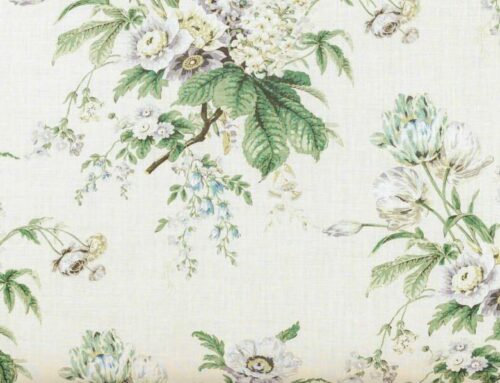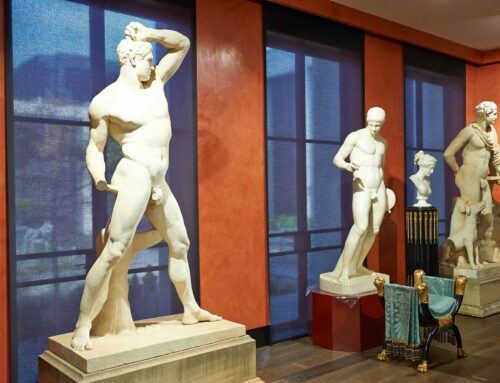French provincial styling a home may conjure thoughts of flagstone floors, lime-washed plaster, high ceilings and fields of lavender just outside ornate, arched windows. To decorate a modern, urban dwelling with this particular design aesthetic may seem daunting if you’re not lucky enough to own your own French farmhouse, however it is surprisingly easy to emulate in almost any home. Think Hamptons decorating style being emulated all over the globe.
The relaxed, understated elegance of the French provincial style works fabulously in the Australian home and is perfectly suited to lovers of antiques. It was a style made prominent in the 17th and 18th centuries by the wealthy French who, when fed up with the bustle of city life, fled to their countryside chateaus for peace. These noblemen wanted the opulence of their French palaces – but with a more relaxed feel to suit their surrounds. The use of oak and walnut as opposed to the more formal mahogany and burr walnut, with soft woven fabrics and linens, works together to signify comfort while still retaining an element of sophistication.
Colour, lines and fabrics – French Provincial Styling
The colours used in 18th century farmhouses paid homage to the surrounding landscape. They pulled inspiration from nature in the timbers, natural stone and the zinc and copper metals used. Reds, sage, soft blues and chalk white are perfect for accents in the room, however start with walls that are neutral and soft. Curved arches, mirrors and windows offer a kind of romance to any room, but if you don’t have structural lines to play with, try curve-backed chairs, bell jars and spherical ornaments or to achieve the structural effect, throw in an arched wrought iron French antique window that has been mirrored instead. White or unbleached linen is possibly the most romantic and classic fabric to use, but if you want to further mimic the francophile style use Toile de jouy. The French love their fabrics so buy swathes of drapery and let it pool on the floor to soften the natural elements in the room.
The heart of the home
Most country farmhouses had a long, timber table that took prime place in the kitchen made from oak, walnut or elm. Don’t ‘blow’ your money and pay a fortune for a modern dining table with poor proportions, wafer thin veneers and stiff carving that’s worth close to nothing the moment you walk out of the shop door. Instead, opt for a genuine 19th century French farmhouse table that’s solid, hasn’t been ‘distressed’ and has developed a natural patina with time, and will stand the test of many long lunches for years to come. The real ones do come with a price tag, but they’re worth it… And if you have a choice between outlaying the same amount on a real one or a repro – is there really any choice? Place a copper pot filled with lavender in the centre and use rough-edged, bleached linen napkins as your table settings.
French provincial styling does not mean shabby chic
Many confuse the two design aesthetics when creating a room. The French provincial style is classical, refined, and came long before ‘shabby chic’. In fact, many would consider shabby chic to be a ‘kitsch’ contamination of the French provincial concept. Provincial furniture is polished walnut and oak and perfectly upholstered linens and cottons and silks. French provincial does not mean worn or aged, though a piece may be worn and aged. As its name suggests, it is French country and tends to have less decoration, less inlay, less ormolu and is simpler in design.
Spanning the centuries
French provincial styling is one of the oldest forms of decorating, however you may want to bring some of your antique pieces into the 21st century – to give them a new lease on life. A French provincial bedhead can be easily reupholstered in a more modern fabric, while still maintaining the gold edging or curved structure of its original style. Try hanging pendant lights with hints of shiny metals to inject a more modern feel. A good reference is the Hamptons decorating style from the US, which merges French provincial antiques with classic beach house aesthetics. Don’t worry about finding perfectly matching pieces either. If you mix and match your larger antique pieces, like two mismatched bedside tables, this relaxes the look and creates interest.
The key to mastering this design aesthetic is in maintaining a sense of timelessness and elegance in your room. Spend time sourcing your perfect armoire, Louis XV chair or chandelier and then spend more time perfecting your piece, as it will remain in your household for years to come.
Click to read other articles







